A community roadmap is a strategic plan that outlines goals, actions, and milestones for your community’s development and success. It includes both short-term and long-term goals, as well as how you plan to reach those goals.
When building your community, you know its potential, and a roadmap can help you both meet that potential and share that potential with stakeholders and partners. For you, the roadmap can help you set clear goals that you can work toward regularly. For the broader organization and team, the roadmap establishes a shared vision and understanding of the community’s goals and how you’ll meet them.
Here is how to develop your own community roadmap:
1. Categorize your community goals
Gather all the goals you have for your community and categorize them based on their nature or theme. For the roadmap, you are coalescing both short-term and long-term goals into one document. Categories may include member engagement, content creation, community events, staffing, technical improvements, community expansion, and more.
2. Prioritize your community goals
Once you have categorized your goals, prioritize them based on their importance and impact on the community. Consider factors such as feasibility, urgency, and alignment with your community’s vision. Take dependencies into account. This will help you identify which categories should be tackled earlier in the roadmap. For example, maybe establishing a robust content program is more important to you than creating regular events. (The opposite could also be true!)
3. Define phases
Group your goals into distinct phases based on the categorization, prioritization, and dependencies you have identified. Each phase should have a clear set of goals and objectives that align with a specific theme or focus area. One great benefit of working in phases is that it gives you a defined period of time to focus on and achieve success.
4. Set timeline and milestones
Assign a timeline to each phase, accounting for the estimated duration required to accomplish the goals within that phase. It’s also helpful to set milestones within each phase to track progress and ensure timely completion. Create a timeline that outlines specific deadlines for actionable steps. Be realistic and ensure that the community has enough time to complete the tasks effectively. Establish performance metrics to assess progress and make adjustments if necessary.
5. Communicate and gather feedback
Once you have structured your goals into phases, communicate the roadmap to community stakeholders. Seek feedback from key stakeholders and incorporate their input to refine and finalize the plan. This ensures that the roadmap is transparent and aligns with the collective vision of the community. Update stakeholders on progress at regular intervals.
Your community roadmap is a key tool in your quest to manage a successful community. By following these steps, you can ensure that your community progresses in the right direction and achieves its objectives. Stay flexible and open to feedback throughout the roadmap’s lifespan, and make adjustments as necessary. With this approach, your community can thrive, and meet the needs of its members.
—-
Article By Morgan Wood, Head of Community, Hivebrite


